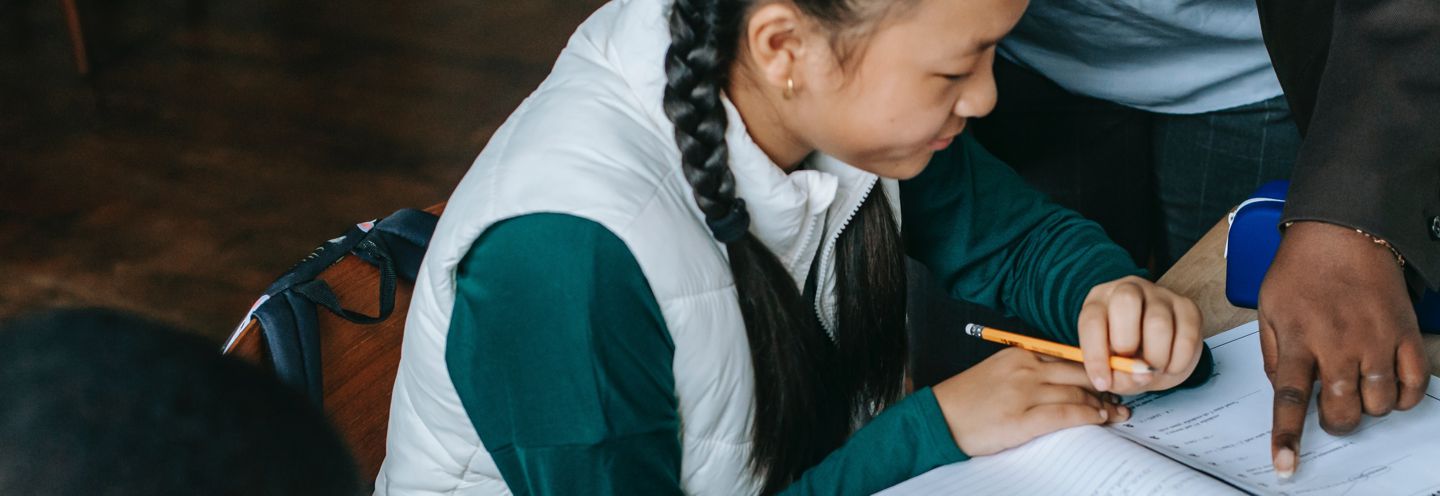Teacher Resources | 386 Results

This lesson looks at the ways in which online gambling draws in youth and increases the risk that they will become problem gamblers.

This lesson introduces students to the ways in which commercial apps and websites collect personal information from kids and to the issues surrounding children and privacy on the Internet. Students

This lesson introduces students to the online marketing techniques that are used to target children on the Internet. It begins with a guided discussion about the similarities and differences between

In this lesson students learn about the ways that propaganda techniques are used to promote hatred and intolerance online.

In this lesson, students use mind maps to explore concepts of “respect” and “consent” in an online context. They consider a wide range of scenarios that shed light on different aspects of consent

This lesson introduces students to the ways in which packaging is designed to attract kids.

For parents, this time of year can feel like walking through a minefield, with ads, decorations and music all aimed at getting kids excited about the holidays. Every year children eagerly ask Santa

For most youth, the Internet is all about socializing and while most of these social interactions are positive, increasing numbers of kids are using the technology to intimidate and harass others – a

Give your kids the guidance they need. MediaSmarts is pleased to announce that we have partnered with Instagram and Connect Safely to launch a Parents’ Guide to Instagram to help prepare

In this lesson, students discuss their experiences playing free online games and then learn the costs of these “free” games in the form of paying with money, sharing personal information or providing

